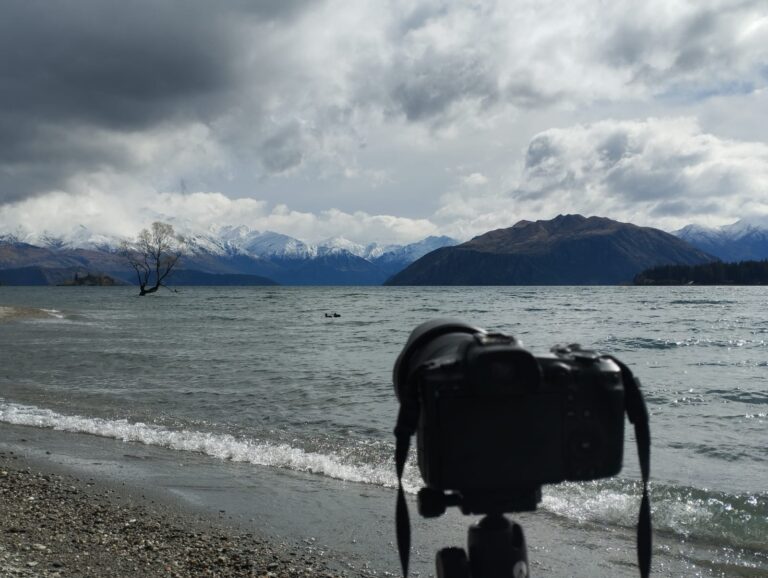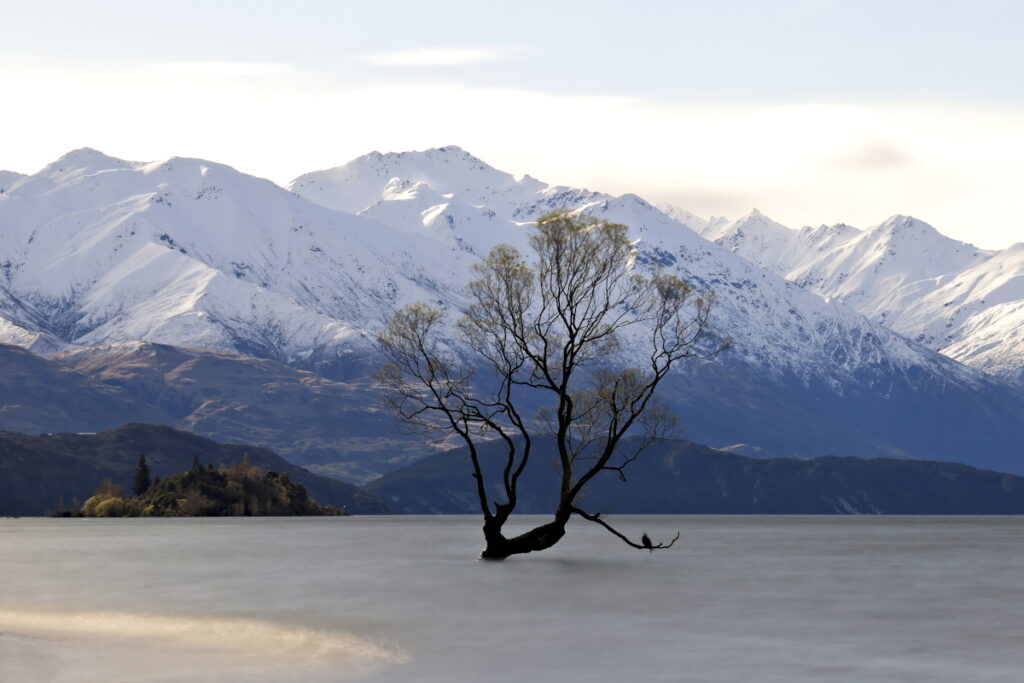The Unexpected Experiment
I’ve heard several times that, in tourist spots, if there’s someone with a “professional” camera and a tripod set up, many people will gather around to take a photo from the same angle, in the most “professional” way possible. One of the explanations for this is that, in theory, “professional” cameras are set up in the best spots for that particular scene. So, any tourist with a phone camera can take a photo from the optimal viewpoint.
On one hand, this makes some sense, but on the other, I never really believed it. There’s not much logic in thinking that just because a “professional” camera, i.e. one with interchangeable lenses, is set up in a spot, it will result in the best compositions. After all, whoever operates the camera can do anything—make poor choices or take bad photos—using the best and most expensive equipment available.
But I had never actually put this concept to the test. Since it seems so silly to me, testing the hypothesis just felt like a waste of time—time that I usually spend contemplating the location and looking for a composition that appeals to me. This is not always easy, especially in heavily photographed tourist spots.
Then, a few days ago, I unintentionally proved the point. As I mentioned, in very photographed places, I usually spend a lot of time observing to see what, if anything, is worth capturing in terms of composition. That’s exactly what I did at Lake Wanaka, in New Zealand.
This lake is home to a tree that, as photographer and editor Valdemir Cunha would say, is the “Eiffel Tower” of New Zealand. Going to Wanaka in the age of imagetic social media and not having a picture of the tree is like not having been there at all. So much so that, when you search for it on geolocation apps, what you find is #thatwanakatree.
With that said, and having seen hundreds of photos of this tree, I knew photographing it would be a challenge. It was even more shocking to see how touristy the spot had become. Countless buses and tourist vans constantly dropped people off, all eager to get their picture with the tree. So, I started observing, waiting for the light, thinking about the possibilities for a photo. I sat on the lake’s beach, in a spot a bit removed from where most tourists were taking photos, and with my camera mounted on the tripod, I waited. The “professional” camera was there, turned off, but pointing at the famous tree.

That’s when I noticed a complete shift in the tourist crowd’s center of gravity. With each new group that got off the buses, more people gathered around me to take their photos, happily returning to their buses afterward. It somehow bothered me, and after the third bus, I moved to another spot.
I took my camera, still off, but mounted on the tripod. I left it there and continued observing from a quieter place. Suddenly, another group of tourists… gathered around the camera. I looked at where I had been before, and it seemed that no one from that bus went to my previous spot. This intrigued me even more.
So I remembered the idea that people tend to follow where “professional” cameras are aimed. I waited a bit longer and continued watching the scene. Another bus arrived, and again, a crowd of people formed around me.
Still in disbelief, I decided to deliberately change locations. It wasn’t about messing with people who just wanted the best photo of the tree (well, maybe a little), but more about the investigative urge that was burning inside me. I needed, once and for all, to test the theory.
Knowing that this involves people’s desire to have a picture of #thatwanakatree for their social media, I didn’t want to go too deep or test for too long. But yes, I changed locations twice more, returning to the two spots I had been in before. And I noticed that the crowd of people followed the camera mounted on the tripod.
In the end, I found the whole thing a bit funny. Do people, with limited time at each stop on their tours, consciously gravitate toward what they assume is the best vantage point for photographing a place? Or do they do it without thinking? I’m not sure how to test that, but honestly, I’d rather spend my time on more important ongoing projects.
With all the tourism driven by social media imagery, it’s completely understandable that people want to quickly and easily find the best spots for their travel photos. Unfortunately, not many have the chance to sit and contemplate the places they visit. I live in hope that someday experiences will become more valuable than instant snapshots.
I won’t repeat this kind of experiment anymore, as this brief evidence is enough for me. I hope people were happy with their photos of the Wanaka tree, taken from the angles where I positioned myself with my camera turned off. From my side, I can say that I’m satisfied with mine.


One Response